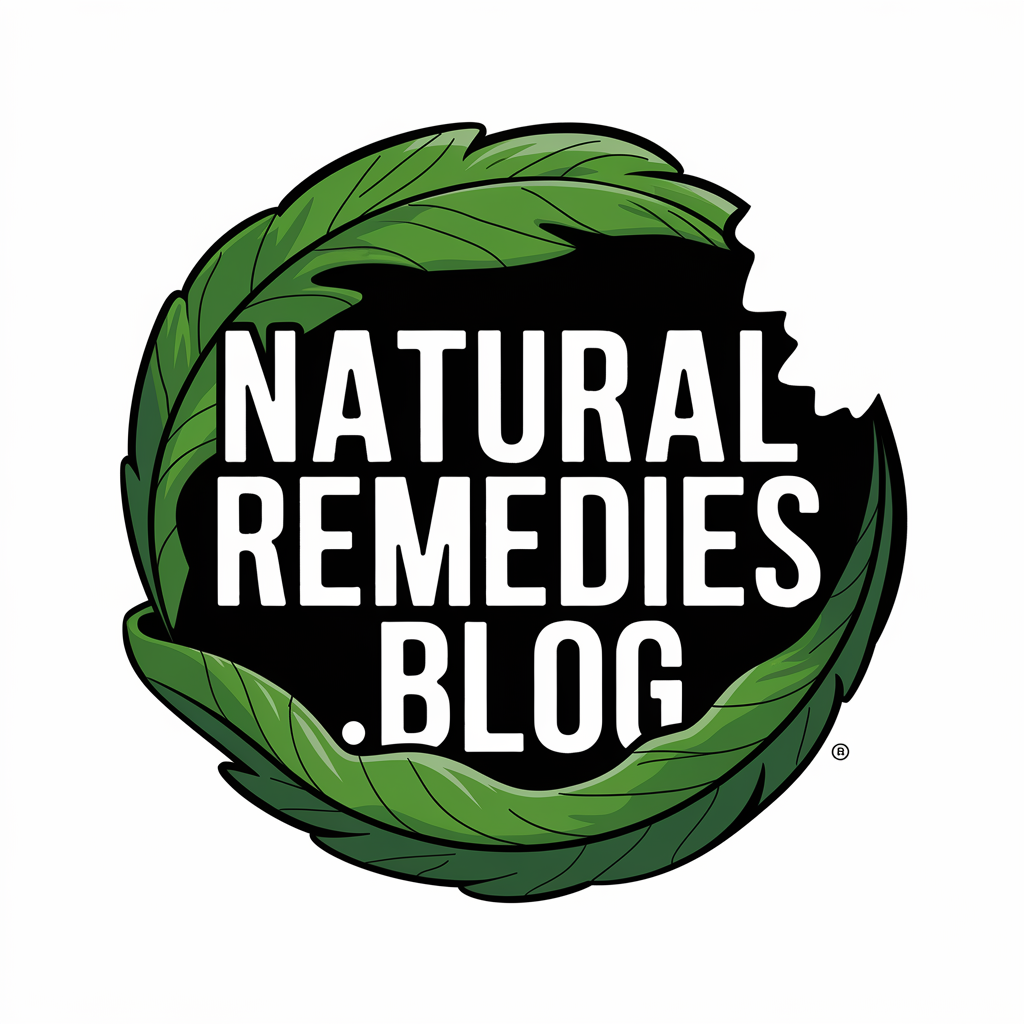Soothe Your Child’s Cough With These Natural Remedies
You can ease your child’s cough with several proven natural remedies. Raw honey, given as two teaspoons before bedtime, effectively reduces nighttime coughing in children over 12 months. Keep them well-hydrated with warm fluids like caffeine-free herbal tea or clear broth, and consider using a cool-mist humidifier to maintain ideal room humidity. For enhanced relief, combine these approaches with gentle aromatherapy using child-safe essential oils. Learn more about matching specific remedies to your child’s type of cough.
Understanding Different Types of Childhood Coughs
When your child develops a cough, identifying its specific type can help determine the underlying cause and best treatment approach.
Common types include wet coughs, which produce mucus and indicate respiratory infections, and dry coughs, often triggered by allergies or throat irritation.
Croup presents with a distinctive barking sound, while whooping cough causes severe spasms followed by a high-pitched intake of breath.
Before exploring cough remedies for kids, it’s important to note that nighttime coughs, persistent coughs lasting over two weeks, or those accompanied by breathing difficulties require medical evaluation. Additionally, many parents have opted for natural alternatives to traditional cough medicines due to safety concerns.
Honey-Based Remedies for Quick Relief
Honey stands as one of the most effective natural remedies for children’s coughs, backed by multiple clinical studies.
You can offer your child (over 12 months old) two teaspoons of raw honey before bedtime to reduce nighttime coughing and improve sleep quality.
For enhanced benefits, you’ll find these honey-based combinations particularly effective:
– Mix honey with warm lemon water
– Combine honey with ginger tea
– Blend honey with turmeric milk
Remember: Never give honey to infants under 12 months due to botulism risk.
For best results, use dark honey varieties like buckwheat, which contain higher antioxidant levels. Additionally, incorporating seasonal adjustments in your remedy can enhance its effectiveness against coughs.
Essential Oils and Aromatherapy Solutions
When using essential oils for your child’s cough, you’ll want to select gentle options like lavender, eucalyptus, or tea tree oil diluted properly in a carrier oil for safe topical application.
You can diffuse these oils in your child’s room using an ultrasonic diffuser for 30-minute intervals, keeping the space well-ventilated and following age-appropriate dilution ratios.
For children over age 3, supervised steam inhalation with 1-2 drops of eucalyptus oil in hot water can help clear congestion, though you’ll need to keep your child at a safe distance from the steam to prevent burns. Additionally, these oils reduce inflammation and can enhance overall respiratory comfort.
Safe Essential Oil Blends
Essential oils provide a natural option for managing your child’s cough when used correctly and safely.
Create a gentle blend by combining 2 drops of eucalyptus with 2 drops of lavender in 1 ounce of carrier oil, such as coconut or jojoba. For children over age 5, you can also add 1 drop of tea tree oil.
Apply this mixture to your child’s chest or back, or add it to a diffuser for aromatherapy benefits.
Never use essential oils directly on the skin or with children under 2 years old.
Always perform a patch test and consult your pediatrician before starting any aromatherapy treatment.
Diffuser Usage Guidelines
Although aromatherapy diffusers can help ease your child’s cough symptoms, proper usage guidelines guarantee both safety and effectiveness.
Place the diffuser in your child’s room at least 2 feet from their bed, and run it for 30-60 minutes before bedtime.
Don’t operate the device overnight.
For children over age 2, use a 1% dilution ratio (5-6 drops of essential oil per 100ml of water).
Clean your diffuser weekly to prevent mold growth, and always check that your child doesn’t show sensitivity to the oils.
Never use diffusers with children under 6 months old.
Steam Inhalation Methods
Steam inhalation provides a gentle yet effective way to help clear your child’s airways using essential oils and aromatherapy solutions.
For children over age 6, add a few drops of therapeutic-grade oils to a bowl of steaming water for supervised inhalation sessions.
- Use eucalyptus oil to reduce mucus and ease breathing
- Add lavender oil to promote relaxation and sleep
- Mix in peppermint oil to open nasal passages
- Include tea tree oil for its antimicrobial properties
Keep inhalation sessions brief, starting with 3-5 minutes.
Monitor your child’s comfort level and stop immediately if any irritation occurs.
Always test oils for sensitivity before use.
Hydration and Warm Fluids
Keeping your child well-hydrated plays an essential role in managing coughs and reducing discomfort. When your child’s fighting a cough, offer water frequently throughout the day to help thin mucus secretions and ease throat irritation.
Warm fluids are particularly effective. Consider giving your child warm water with honey (if over 12 months old), caffeine-free herbal tea, or clear chicken broth. These liquids help soothe inflamed throat tissues and break up congestion. Aim for 8-10 glasses of fluid daily, adjusting the amount based on your child’s age and size. Avoid sugary drinks, which can worsen throat irritation. Additionally, staying hydrated is crucial for fighting off a cold, ensuring your child feels better faster.
Natural Foods That Fight Coughs
Beyond liquid remedies, specific foods can naturally combat your child’s cough and boost their immune system.
Research shows that certain nutrient-rich foods contain compounds that help reduce inflammation and support respiratory health.
- Raw honey (for children over 12 months) contains natural antibacterial properties and helps coat irritated throat tissue.
- Vitamin C-rich fruits like oranges, berries, and kiwis strengthen the immune response.
- Ginger’s active compounds reduce throat inflammation and suppress cough reflexes.
- Foods with zinc, such as pumpkin seeds and lean meats, speed up recovery time.
Additionally, incorporating honey’s antimicrobial properties in your child’s diet can further enhance their ability to fight off infections.
Choose age-appropriate portions and consult your pediatrician if symptoms persist.
Creating a Cough-Friendly Environment
You’ll want to maintain a relative humidity between 40-60% in your child’s room, as moist air helps loosen mucus and soothe irritated airways.
Keep the room temperature between 68-72°F (20-22°C) to prevent overheating while promoting comfortable breathing.
A cool-mist humidifier placed near your child’s bed can effectively create this ideal environment, especially during sleep when coughs often worsen. Additionally, using a bedroom humidifier with eucalyptus oil can enhance the soothing effect on your child’s throat.
Humidity Helps Ease Coughs
A humid environment can greatly relieve your child’s coughing symptoms by moistening irritated airways and loosening trapped mucus.
You’ll find several effective ways to add moisture to your child’s room using humidification methods backed by pediatric research.
- Use a cool-mist humidifier in your child’s bedroom, keeping humidity levels between 40-50%
- Run a warm shower and let your child breathe in the steam for 10-15 minutes
- Place bowls of water near heat sources to naturally increase room moisture
- Apply a wet washcloth to heating vents to disperse humidity throughout the room
Remember to clean humidifiers daily to prevent mold growth that could worsen symptoms.
Keep Room Temperature Moderate
While managing humidity helps soothe your child’s cough, maintaining the right room temperature plays an equally important role in respiratory comfort. Keep your child’s room between 68-72°F (20-22°C) to support ideal breathing and reduce nighttime coughing.
| Temperature | Effect | Action Needed |
|---|---|---|
| Too Cold (<65°F) | Airways constrict | Increase heating |
| Just Right (68-72°F) | Airways relax | Maintain setting |
| Too Hot (>75°F) | Dries airways | Reduce temperature |
| Fluctuating | Triggers cough | Stabilize thermostat |
Monitor the temperature throughout the day, as it can affect your child’s breathing pattern and cough frequency. Avoid extreme temperature changes, which can irritate sensitive airways.
When to Seek Medical Attention
Contact your pediatrician immediately if your child experiences any of these warning signs:
- Difficulty breathing, rapid breathing, or wheezing
- Severe coughing fits that cause vomiting or make it hard to catch their breath
- High fever (over 102°F for children over 6 months, or any fever in infants under 6 months)
- Cough lasting more than 2 weeks or accompanied by thick, greenish-yellow mucus
- Teething symptoms can sometimes mimic respiratory distress, so be vigilant about your child’s overall health.
Trust your parental instincts – if you’re concerned about your child’s symptoms, don’t hesitate to seek professional medical evaluation.







